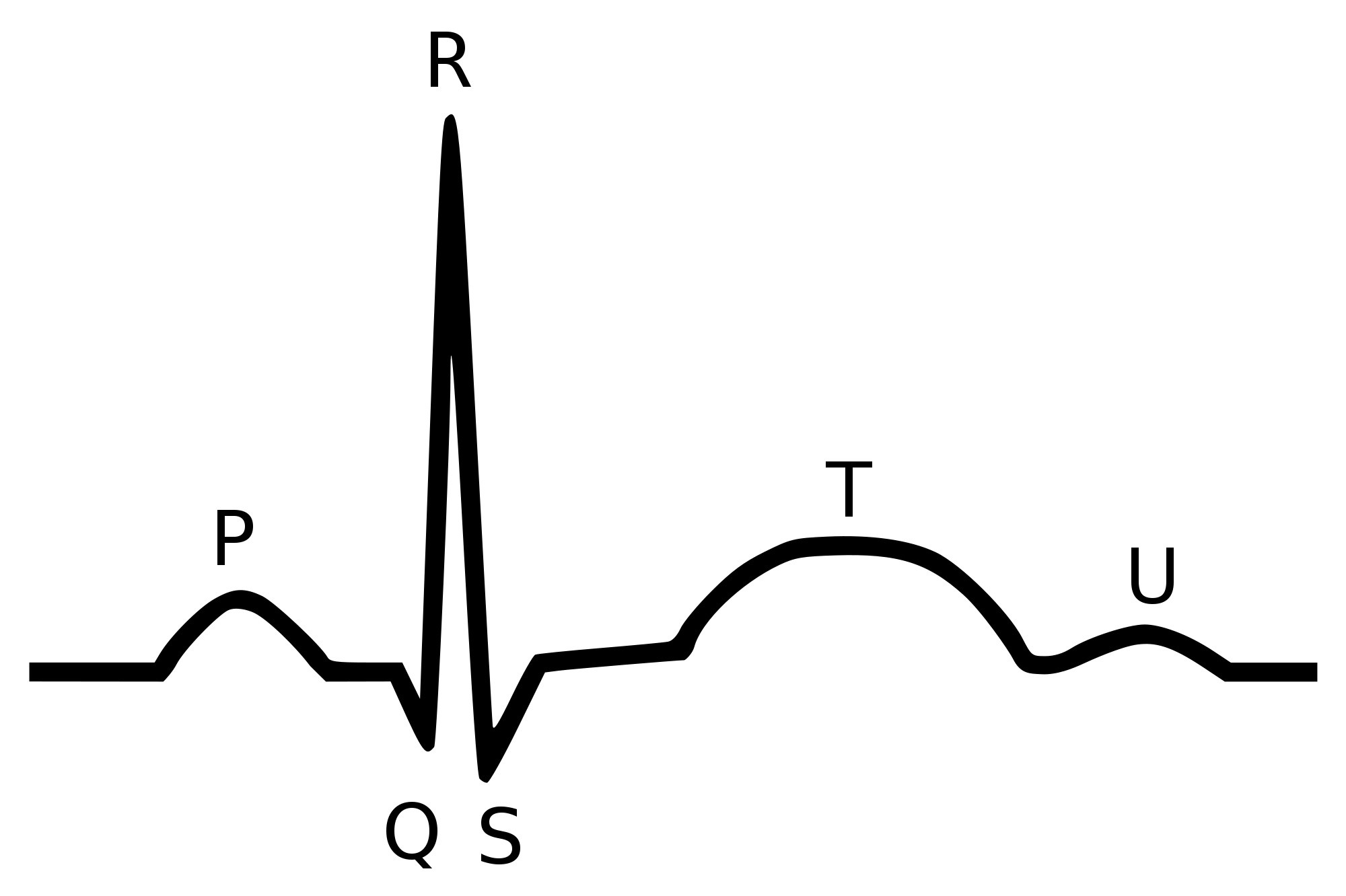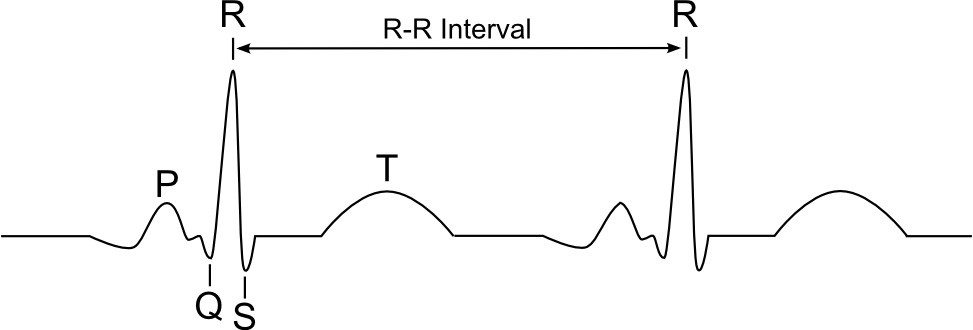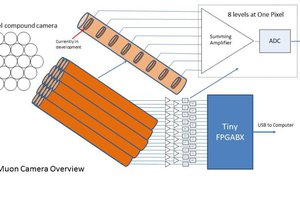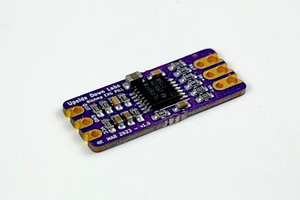Have you felt it when your heart "skips a beat" OR a "flutter" in your heart? If you're wondering what it was, its called an "arrhythmia". Not to worry, general heart-rate variability (HRV) is normal and dependent on emotional arousal, although some types of arrhythmias can indicate cardiac anomalies.
What we want to present in this article is a unique and easy way to measure ECG as well as R-R intervals with surprisingly high accuracy.
What is heart-rate variability (HRV) and why is it important?ECG/EKG (Electro-cardiogram) is an electrical signal taken from electrodes connected to the body and its an electrical signal. Compared to optical means of heart rate measurement, the ECG still provides the most accurate heart rhythm.
A single ECG waveform is made up of the P,Q,R,S,T points as shown in the picture below. Each of these is of significance in a detailed cardiac study and is not possible to explain everything here. Of particular interest to us relevant to this project is what is called the "QRS" complex. Part of this QRS complex is the "R" apex point which corresponds to the depolarization of the right and left ventricles of the heart.

What we are now interested in is the distance between two R peaks in a continuously displayed or recorded ECG measurement. The time it takes for the heart to produce two consecutive R peaks is known as the R-R interval and which is of significance for HRV studies.

The R-R interval is generally used to detect several different kinds of arrhythmias (which are quite a few) and not all of them will not be discussed here.
Besides the clinical significance of heart-rate variability, there is a physiological significance too. Reduced HRV is also an indicator of parasympathetic and sympathetic nervous system activity, which includes emotional arousal and other functions of the autonomous nervous system. This means that R-R intervals can be indirect "markers" for phycological activity.
How is this board unique from any other ECG chip?There are several ECG AFE chips available including those from TI and Analog Devices. ProtoCentral also carries the popular ADS1292R-chip based breakout board. But the new features of the MAX30003 have us all excited:
- Simple to use, just two electrodes and it provides surprisingly good ECG, thanks to the onboard analog and digital high-pass and low-pass filters. Baseline wander removal is also built-in and very efficient.
- Very wide dynamic range. A common issue with some ECG circuits is that motion of the subject will cause "artifacts" that can sometimes saturate the amplifiers resulting in no ECG signal. This one doesn't seem to be affected by motion a lot.
- Built-in R-R detection. This is the kicker !! The built-in circuitry does automatic R-R interval detection using the very popular and widely-used Pan-Tompkins algorithm. This means that the microcontroller does not have to do any filtering, threshold calculation or peak detection. Leaves the MCU's time free to do other stuff specific to your application.
 Ashwin K Whitchurch
Ashwin K Whitchurch



 Linus Dillon
Linus Dillon
 Robert Hart
Robert Hart
 Ever
Ever
 Deepak Khatri
Deepak Khatri